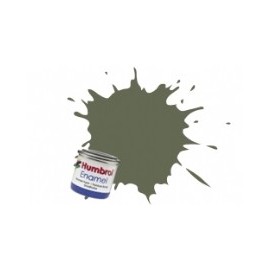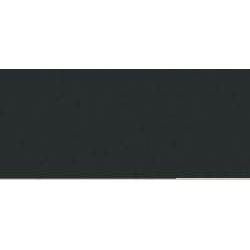Mainline Railways was a British model railway brand that operated between 1976 and 1983, introduced by Palitoy, the...
No products
Product successfully added to your shopping cart
There are 0 items in your cart. There is 1 item in your cart.
Search Tips
Easter shipping
Please note that couriers are not collecting on Friday 18th and Monday 21st April.
Orders will be dispatched on Tuesday 22nd April
What happens if I mix enamel and acrylic paint?
There is an unwritten rule that you do not mix enamel and acrylic paint as they are completely different in their makeup, enamel being a solvent based paint and acrylic being water based paint.
In all my years of modelling I have never tried to mix the two, until today!
When I mixed six drops of enamel paint with an equal amount of acrylic paint, it looked like nothing was happening, as soon as I started mixing them together, the paint started to go stodgy until I was left with a paste.
I then applied the paste to a section of primed sprue to see if you could use it.
After eight hours the paste was still wet on the sprue, meaning that it would take a long time to dry, if at all.
So, the outcome of this experiment is do not mix the two together, use them separately.
Click here to receive the tips weekly in your mailbox. You can unsubscribe at any time.










